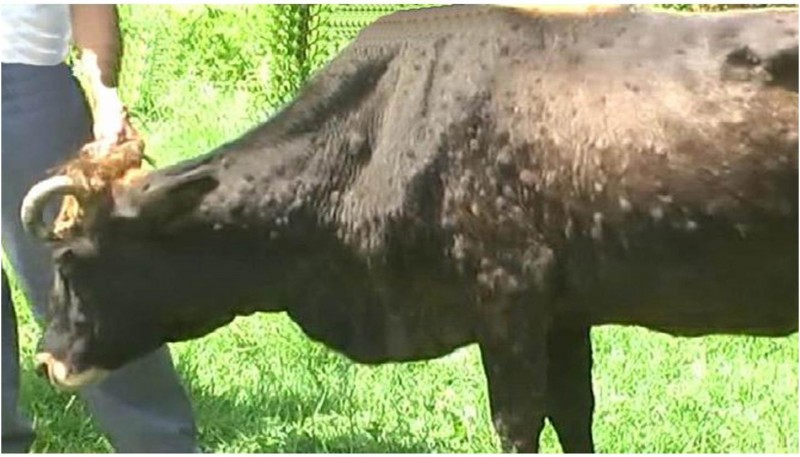
Lumpy Skin Disease (LSD) is a significant viral infection that affects cattle, causing painful and unsightly skin lesions. This article delves into the various aspects of LSD, including its symptoms, transmission, prevention, and treatment. If you're a cattle owner or someone interested in veterinary health, this comprehensive guide will provide you with valuable insights.
Lumpy Skin Disease is a contagious viral disease that primarily affects cattle, leading to economic losses and potential trade restrictions. Understanding its characteristics and implementing effective preventive measures is crucial for cattle farmers.
Lumpy Skin Disease, caused by the LSD virus, belongs to the Poxviridae family. It manifests as nodules or lumps on the skin and mucous membranes of cattle. While rarely fatal, LSD can cause severe discomfort, reduced milk production, and weight loss in affected animals.
The disease spreads through direct contact with infected cattle, contaminated objects, and insect vectors. Contaminated feed and water can also contribute to its transmission. Efficient transmission allows the disease to spread rapidly within herds and regions.
Early symptoms include fever, nasal discharge, and depression. As the disease progresses, characteristic skin nodules develop, which eventually ulcerate and scab.
LSD lesions can appear on the eyes, udder, genitals, and respiratory tract. Secondary bacterial infections are common due to open lesions, further complicating the condition.
LSD poses significant economic challenges to the cattle industry due to reduced productivity, treatment costs, and trade restrictions. Rapid interventions are necessary to prevent widespread outbreaks.
Veterinarians diagnose LSD based on clinical signs, laboratory tests, and microscopic examination of lesion samples.
Vaccination is a cornerstone of LSD prevention. Properly vaccinated herds show reduced severity of symptoms and decreased transmission rates.
Isolating infected animals and implementing strict quarantine protocols can prevent disease spread.
Maintaining clean and hygienic environments reduces the risk of LSD transmission.
Supportive treatment includes wound management, pain relief, and providing proper nutrition.
Antibiotics and antiseptics may be used to prevent secondary infections.
LSD has spread to multiple countries, often through trade and animal movement. Collaborative efforts are essential to control its global impact.
The economic losses caused by LSD include reduced milk yield, weight loss, treatment costs, and trade restrictions.
Ongoing research focuses on developing improved vaccines, diagnostic tools, and innovative management strategies.
While LSD primarily affects cattle, there's no evidence of human infection. However, proper hygiene is advised when handling infected animals.
With advancements in science and technology, the cattle industry may gain better tools to control and prevent LSD outbreaks.
Lumpy Skin Disease remains a significant concern for cattle farmers and the industry as a whole. Implementing thorough preventive measures, vaccination, and maintaining proper hygiene are key to controlling its impact.
Random Forays: Tea Tornadoes vs. Coffee Crusaders
Taste and Wellness Harmonized: Oil-Free Crispy Pakoras
What Happens to the Appendix After You Remove It: Unveiling the Hidden Story